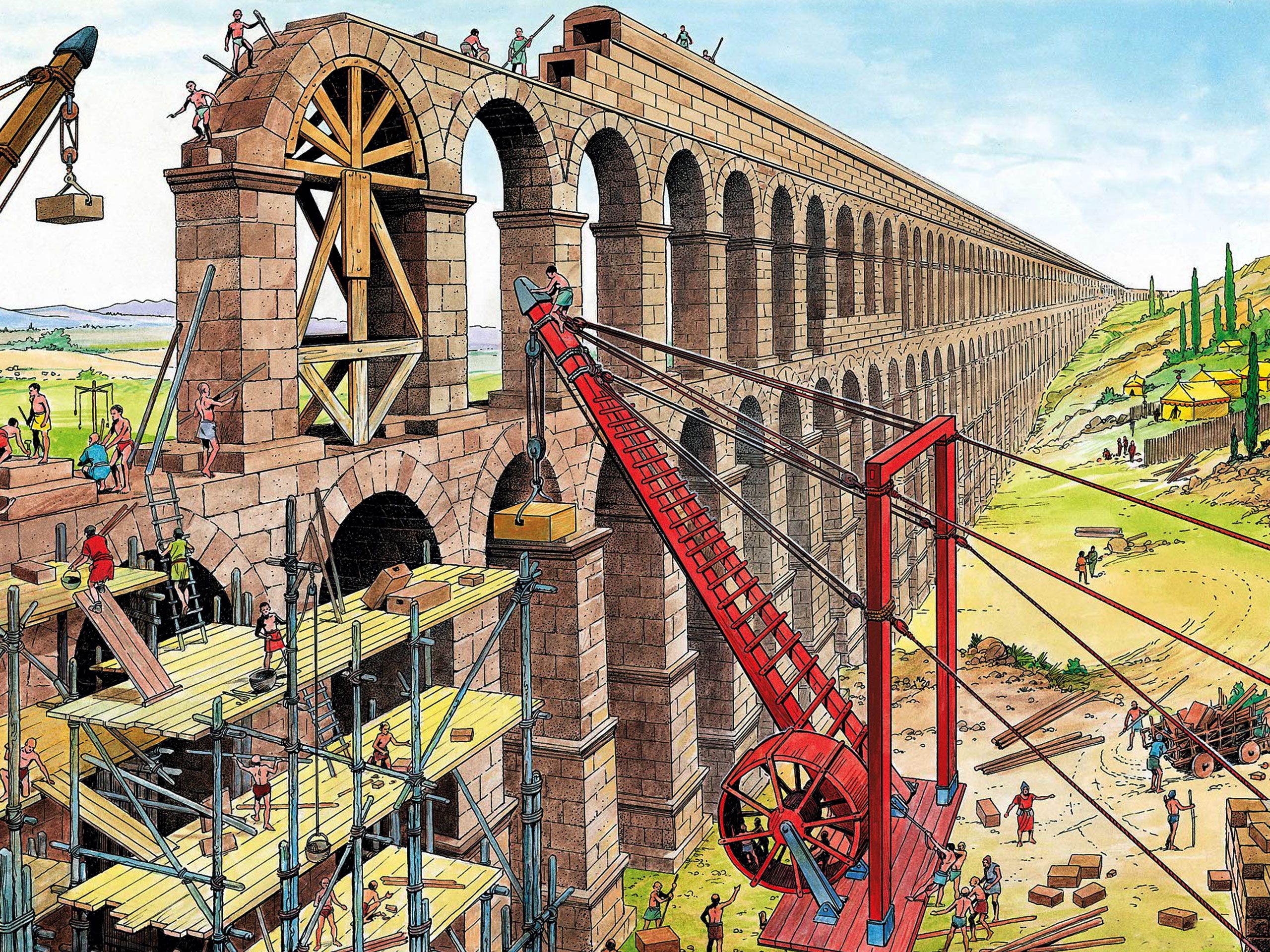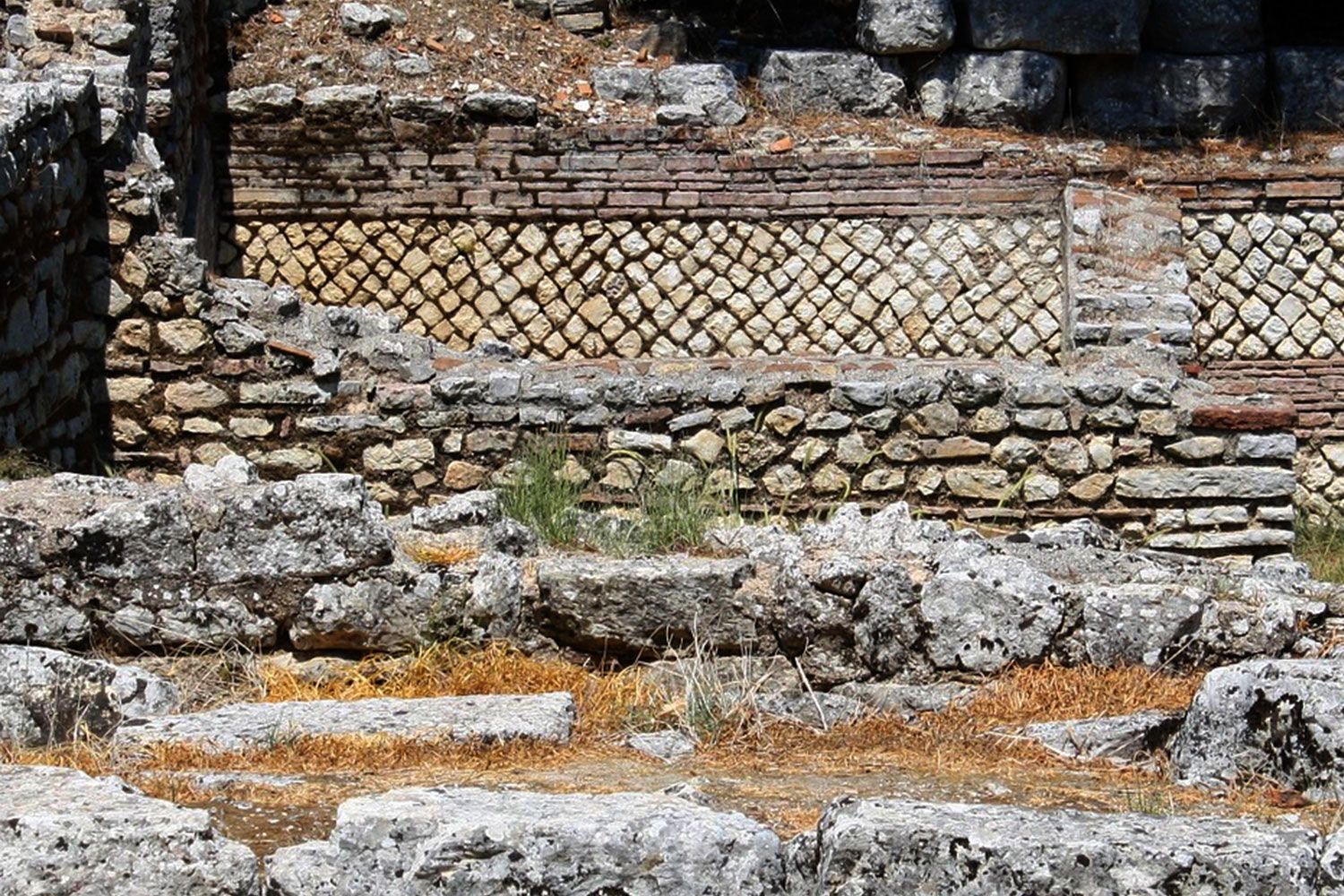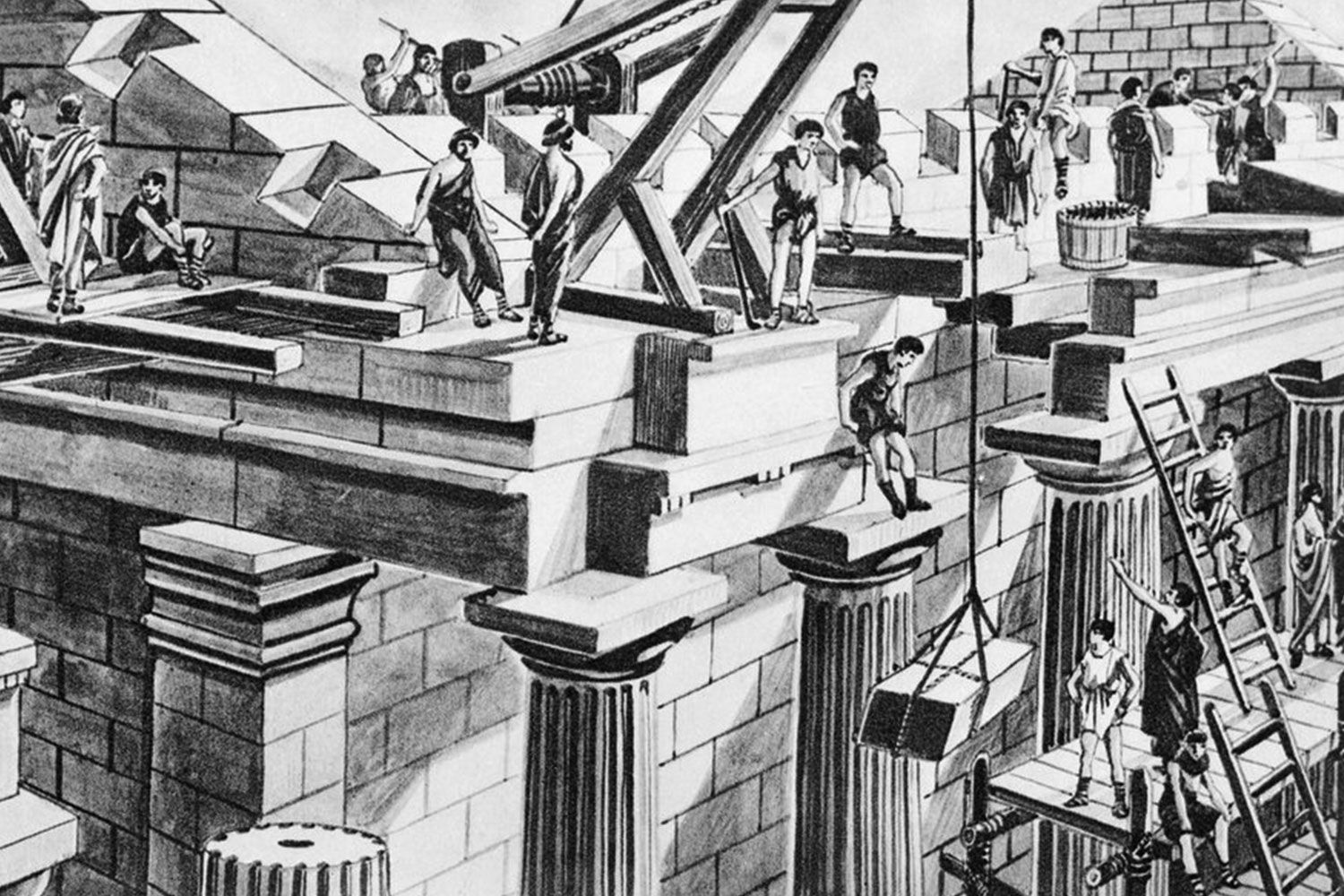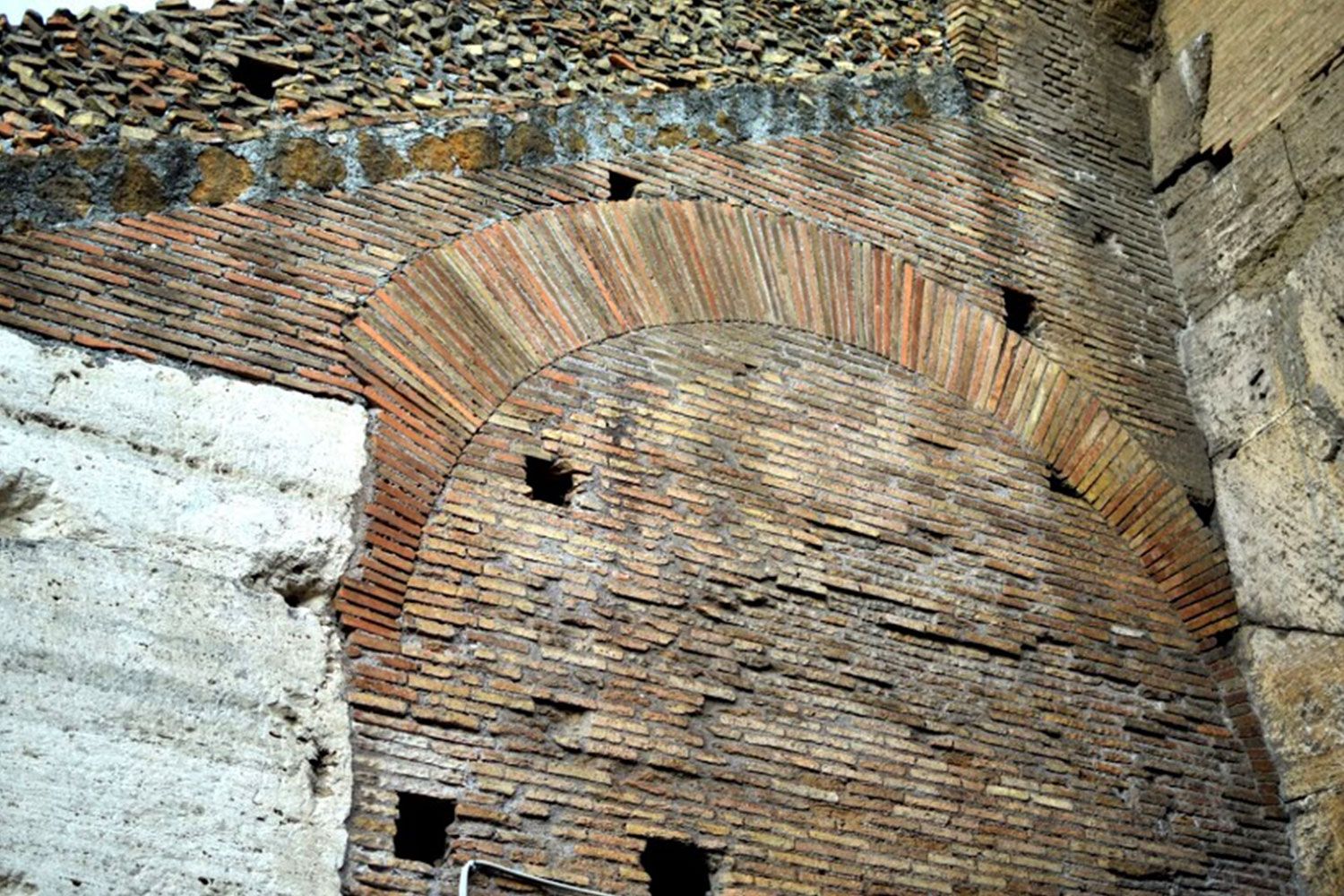
Updated on November 8th 2024
Building the Colosseum Part 1
Rome
The Colosseum
Where to start? Deciding where to build it and then creating the foundations is where the Romans started of course and when the Colosseum was open to the public in 80 AD the poet Martial voiced the feeling of the time when he wrote:
- Now Memphis can stop boasting about her barbarous pyramids, And Assyrians stop bragging about their mighty Babylon, And Carians, praising to the skies their mausoleum, hanging there in mid air. All past labours yield now to Caesar’s amphitheater: This one masterpiece puts all others in the shade.
The site for the Colosseum was of course an artificial lake, sunk by Nero in the grounds of his “Golden House” which stretched from beyond the Colosseum across the top of the Forum to the Palatine Hill, where the other imperial palaces were situated.
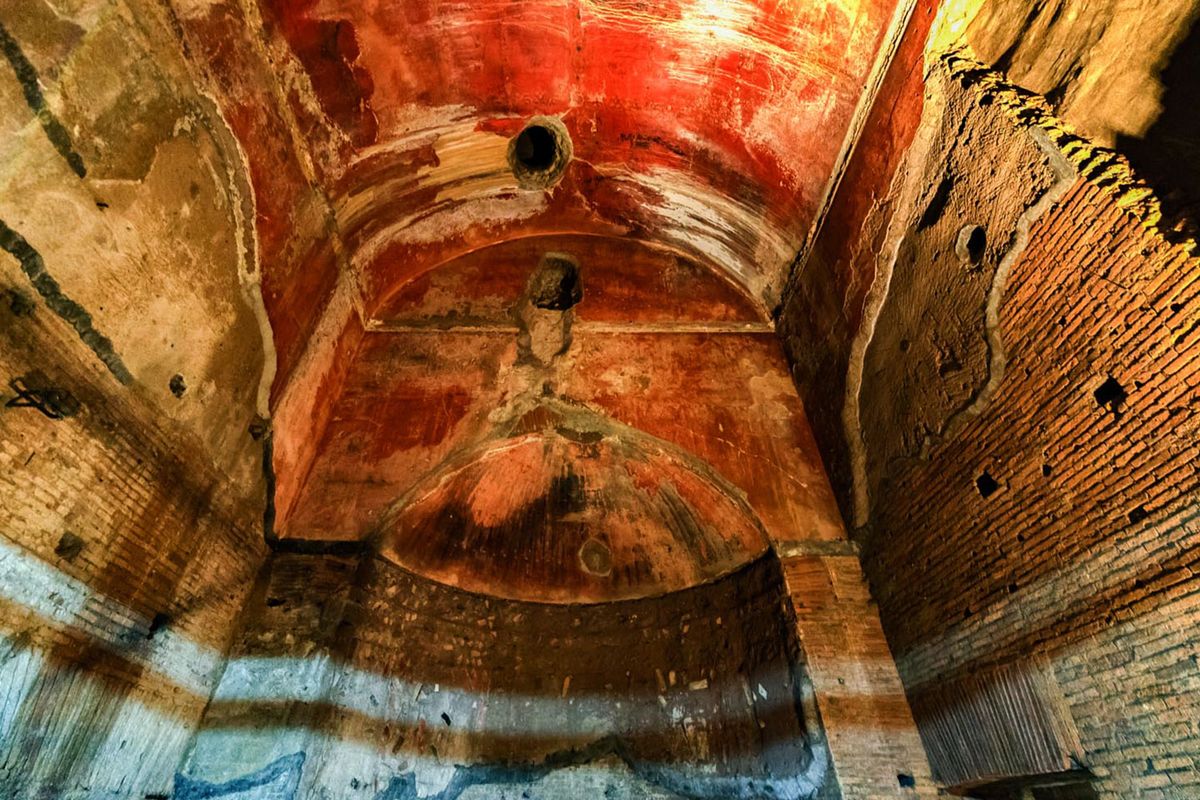
The lake was drained, its bed excavated, a ring of foundations laid and the building erected. Easy, but it may be worth considering:
The volume of earth to be shifted and carried away to make room for the arena of the Amphitheatre (that is for games area alone) would have been 35,000 cubic metres, whilst the excavations necessary for preparing the foundations for the whole building, would in turn have required the shifting of a further 90,000 cubic metres of earth. In total approximately 125,000 cubic metres of earth was dug out and moved before one brick was laid.
This amount of earth, if you laid it out along a roadside in one metre cubes, would run for 125 kilometres, or almost 78 miles in length. Now turn your attention to the amount of stone used and keep in mind the Colosseum is mostly built from travertine marble which was quarried and “dressed” at Tivoli in the hills about 30 kilometres east of Rome. The outer wall alone, including the pier foundations below ground level used a total volume of 45,000 cubic metres of travertine while the other construction within used another 55,000 cubic metres of the same stone. This does not include far greater quantities if brick and cement used in the construction of the Colosseum.

- It has been worked out that it took 292,000 cartloads of travertine stone to build the external wall alone. It is also calculated that the structure as a whole took over 750,000 tons worth of dressed stone, 8,000 tons of marble and 6,000 tons of concrete.
Bricks by the millions were most likely moulded and baked on site, and the rubble used in the concrete fill would largely have come from the demolished ruins of Nero’s Golden House upon which in part the Colosseum was built. The most overlooked “ingredient” of the greatness of Rome and the construction of its cities was the role slaves played; without them would the empire have existed at all?
We know that the ailing Emperor Vespasian dedicated the Colosseum in his name in 79 AD and opened by his son Titus the following year. It was Vespasian who led the Siege of Jerusalem in 70 AD in which the Roman army captured the city of Jerusalem and destroyed both the city and its Temple. The Roman army, led by the future Emperor Titus, with Tiberius Julius Alexander as his second-in-command, besieged and conquered the city of Jerusalem, which had been controlled by Judean rebel factions since 66 AD, following the Jerusalem riots of 66, when the Judean provisional government was formed in Jerusalem.

Titus returned to Rome in 71 AD and was awarded a triumph. He was accompanied by treasures and captives from the war including large amounts of gold and silver, treasures taken from the Temple of Jerusalem, including the Menorah and the Pentateuch and some 50,000 Jewish slaves who were immediately put to work building Vespasian’s Colosseum.
Perfect Traveller has discovered, late in 2020, that a number of “official” websites of locations like the Colosseum and the Borghese Gallery are down in Italy. Including the website of the Italian Government’s own Ministry of Cultural Heritage and Activities which is also down?
This is a concern as it’s through these official sites that tourists get the best deals on tickets and up-to-date information on many of the best tourist locations in the country. That leaves only third person booking companies that often charge outrageous added on commissions to the entry price of a site or museum.
I’ll keep on digging to see if I can find out why so many official sites are down in Italy. Stay tuned.
Peter Kilby is an artist, writer, story-teller, journalist and avid traveller who lived and worked in Italy from 1987 to 2018. He created Perfect Traveller to bring the world of Italian art and history closer to you and in a way that is entertaining and informative; together with great travel tips. Getting off the beaten track in Italy is always an adventure and he invites you to join him in discovering an Italy that will surprise and amaze you.
